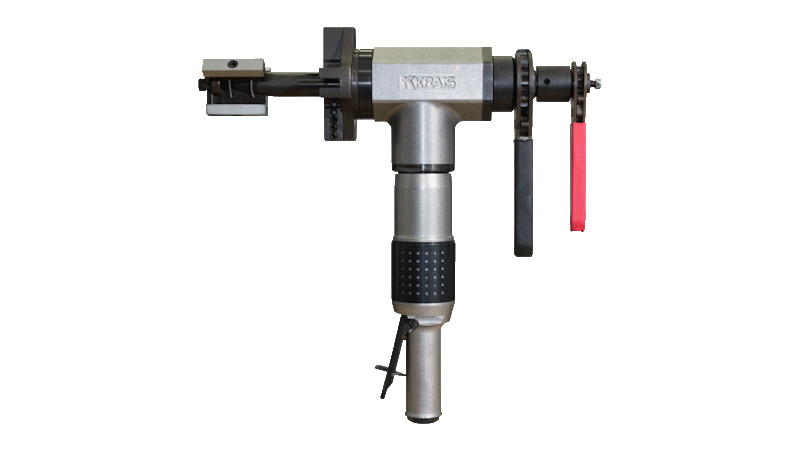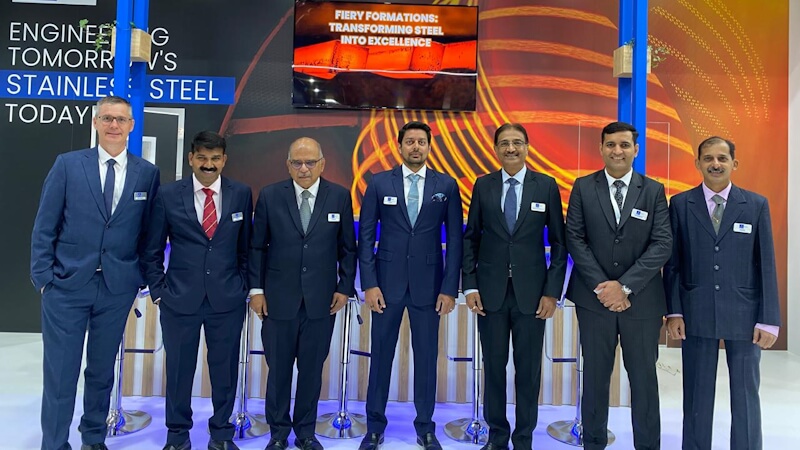Stainless steel looks set to play a role in making space travel easier. Scientists from the University of California’s Loss Alamos National Laboratory and researchers from Northrop Grumman Space Technology have developed a new method for generating electrical power for deep-space travel using sound waves. The travelling-wave engine/linear alternator system converts 18% of the heat source energy into electricity. The only moving component in the device besides the helium gas is an ambient temperature piston. The engine works by sending helium gas through a stack of 322 stainless-steel wire-mesh discs called a regenerator which is connected to a heat source and a heat sink that causes the helium to expand and contract. This expansion and contraction creates powerful sound waves that drive the piston of a linear alternator that generates electricity. The travelling-wave thermoacoustic electric generator has the potential to power space probes to the furthest reaches of the universe. It has been developed by Scott Backhaus and his Northrop Grumman colleagues, Emanuel Tward and Mike Petach.






